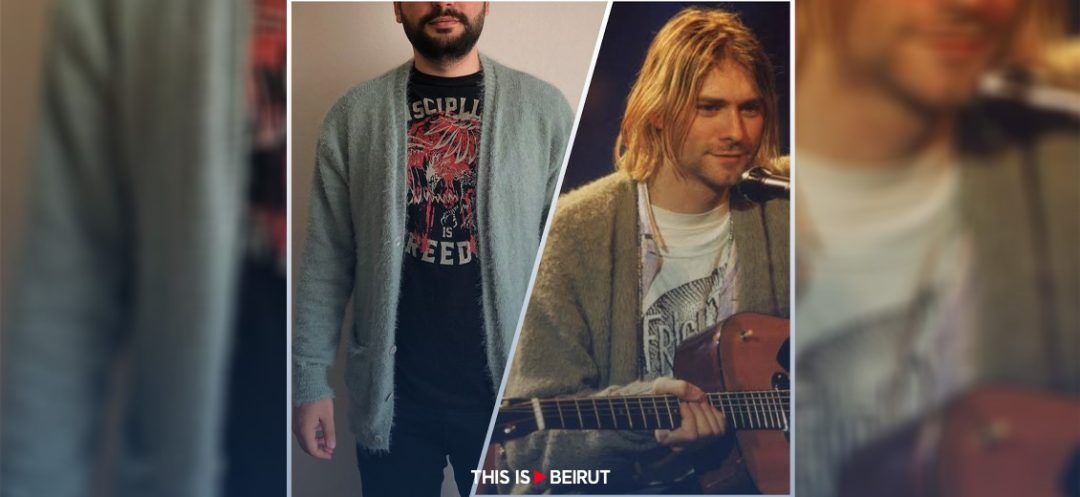
Three decades after his untimely death, Kurt Cobain's iconic style continues to resonate with fashion enthusiasts worldwide, transcending the boundaries of music and cementing his status as a cultural icon.
Kurt Cobain, the frontman of the groundbreaking band Nirvana, not only revolutionized the music scene with his raw, unapologetic sound, but also left an indelible mark on the world of fashion. His signature grunge look, characterized by oversized cardigans, bug-eye sunglasses, ripped jeans, and flannel shirts, has stood the test of time, remaining as relevant today as it was during the height of Nirvana's popularity in the early 1990s.
Cobain's style was born out of necessity and authenticity. Growing up in poverty, he often layered second-hand clothes to conceal his thin frame, a source of self-consciousness despite his good looks. This layering technique became a hallmark of his fashion, as seen in Nirvana's breakout music video for "Smells Like Teen Spirit." In the video, Cobain donned two thrift-store T-shirts, one over the other, with his unkempt hair falling across his face – a look that would soon become synonymous with the grunge movement.
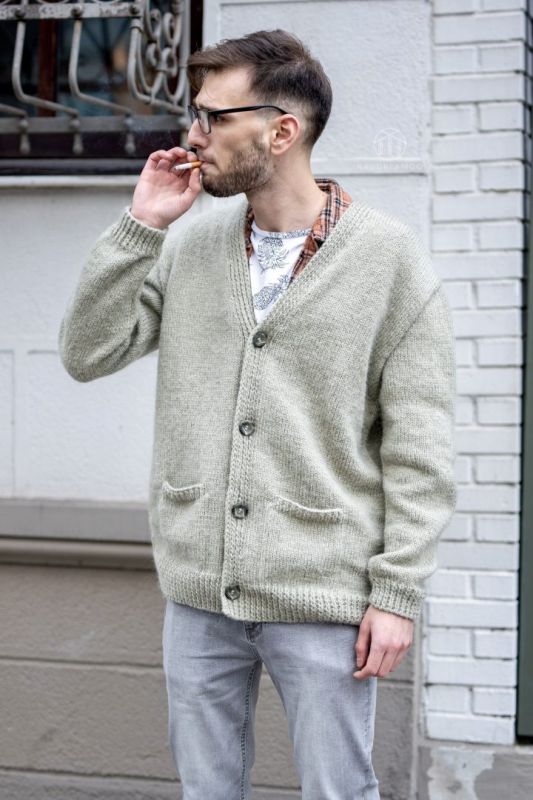 The Kurt Cobain MTV Cardigan
The Kurt Cobain MTV Cardigan
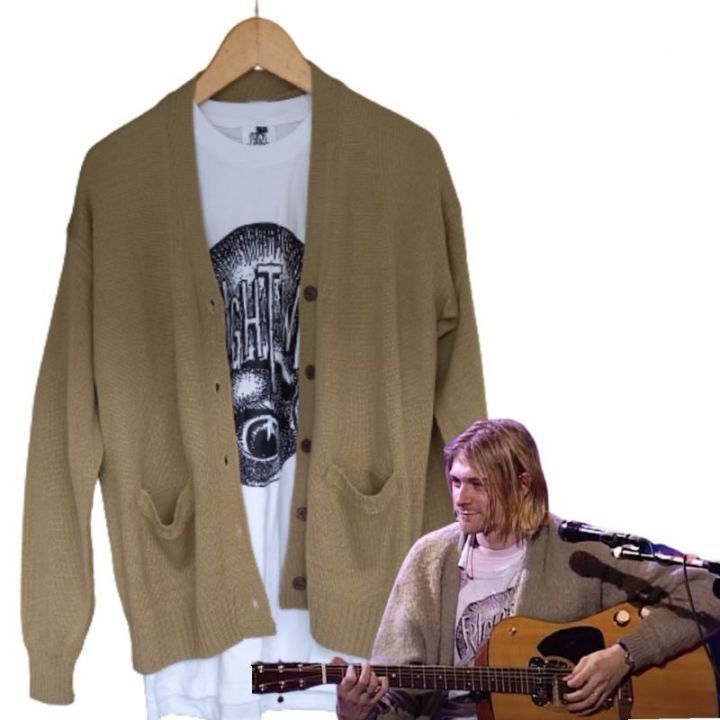
The anti-corporate sentiment that permeated Nirvana's music was also reflected in Cobain's fashion choices. The band's flyer for the "Teen Spirit" video extras explicitly requested no clothing with name brands or logos, emphasizing their rejection of mainstream consumerism. However, the fashion world took notice of Cobain's unique style,
with designer Marc Jacobs paying homage to the Seattle grunge scene in his 1992 catwalk show. Jacobs reimagined the cheap flannel shirts and lumberjack coats in luxurious materials like silk and cashmere, sending samples to Cobain as a tribute. In a rebellious act that epitomized their punk ethos, Cobain and his wife Courtney Love reportedly burned the gifted clothing.
While Cobain's style may have appeared accidental, he understood the importance of image and authenticity. His anti-look, though ramshackle, was carefully crafted, reflecting his paradoxical nature. The ripped and patched aesthetic of his clothing became a uniform for a generation, mirroring the rejection of societal norms expressed in Nirvana's music. Jacobs, who was fired from Perry Ellis following his grunge-inspired show, later reflected on the enduring impact of that moment, stating that it was about dismissing everything that was considered beautiful, correct, glamorous and sexy – a sentiment that continues to resonate with fashion enthusiasts today.
Cobain's influence on fashion extends beyond his grunge roots. As an early critic of misogyny and homophobia, he often wore women's clothes on stage, a statement that has been recently replicated by rappers and avowed Nirvana fans like Kid Cudi and Post Malone. His popularization of band T-shirts, promoting outsider artists like Daniel Johnston, has become a staple in modern fashion, with Nirvana's own merchandise being the most sought-after.
Ironically, the very brands Cobain rejected have now capitalized on his iconic style, with luxury labels like Vetements, Saint Laurent, and Dries Van Noten releasing high-end versions of his signature pieces. The cardigan he wore during Nirvana’s famous MTV Unplugged performance in 1993 sold at auction for a staggering $334,000 in 2019, while Vetements issued a $1,150 replica. Though Cobain might have been horrified by the commercialization of his image, his fashion statements continue to reverberate through the industry.
As grunge took over the world, Cobain subverted his own image by incorporating elements of high fashion, such as the sparkly Jean-Paul Gaultier top he wore in the “Heart-Shaped Box” video and the suits, white shirts and ties he donned in later performances and photo shoots. This evolution showcased his ability to adapt and challenge expectations, even as the pressure of being a generational icon took its toll.
Tragically, Kurt Cobain’s life was cut short by suicide on April 5, 1994, at the age of 27. Despite the abruptness of his departure, his legacy as a fashion icon endures. His style, born from authenticity and rebellion, continues to inspire and influence fashion enthusiasts, musicians and designers alike. Three decades later, Kurt Cobain’s fashion impact remains as powerful as his musical genius, cementing his place as a cultural icon whose influence transcends time and genre.
With AFP
Kurt Cobain, the frontman of the groundbreaking band Nirvana, not only revolutionized the music scene with his raw, unapologetic sound, but also left an indelible mark on the world of fashion. His signature grunge look, characterized by oversized cardigans, bug-eye sunglasses, ripped jeans, and flannel shirts, has stood the test of time, remaining as relevant today as it was during the height of Nirvana's popularity in the early 1990s.
Cobain's style was born out of necessity and authenticity. Growing up in poverty, he often layered second-hand clothes to conceal his thin frame, a source of self-consciousness despite his good looks. This layering technique became a hallmark of his fashion, as seen in Nirvana's breakout music video for "Smells Like Teen Spirit." In the video, Cobain donned two thrift-store T-shirts, one over the other, with his unkempt hair falling across his face – a look that would soon become synonymous with the grunge movement.
 The Kurt Cobain MTV Cardigan
The Kurt Cobain MTV Cardigan
The anti-corporate sentiment that permeated Nirvana's music was also reflected in Cobain's fashion choices. The band's flyer for the "Teen Spirit" video extras explicitly requested no clothing with name brands or logos, emphasizing their rejection of mainstream consumerism. However, the fashion world took notice of Cobain's unique style,
with designer Marc Jacobs paying homage to the Seattle grunge scene in his 1992 catwalk show. Jacobs reimagined the cheap flannel shirts and lumberjack coats in luxurious materials like silk and cashmere, sending samples to Cobain as a tribute. In a rebellious act that epitomized their punk ethos, Cobain and his wife Courtney Love reportedly burned the gifted clothing.
While Cobain's style may have appeared accidental, he understood the importance of image and authenticity. His anti-look, though ramshackle, was carefully crafted, reflecting his paradoxical nature. The ripped and patched aesthetic of his clothing became a uniform for a generation, mirroring the rejection of societal norms expressed in Nirvana's music. Jacobs, who was fired from Perry Ellis following his grunge-inspired show, later reflected on the enduring impact of that moment, stating that it was about dismissing everything that was considered beautiful, correct, glamorous and sexy – a sentiment that continues to resonate with fashion enthusiasts today.
Cobain's influence on fashion extends beyond his grunge roots. As an early critic of misogyny and homophobia, he often wore women's clothes on stage, a statement that has been recently replicated by rappers and avowed Nirvana fans like Kid Cudi and Post Malone. His popularization of band T-shirts, promoting outsider artists like Daniel Johnston, has become a staple in modern fashion, with Nirvana's own merchandise being the most sought-after.
Ironically, the very brands Cobain rejected have now capitalized on his iconic style, with luxury labels like Vetements, Saint Laurent, and Dries Van Noten releasing high-end versions of his signature pieces. The cardigan he wore during Nirvana’s famous MTV Unplugged performance in 1993 sold at auction for a staggering $334,000 in 2019, while Vetements issued a $1,150 replica. Though Cobain might have been horrified by the commercialization of his image, his fashion statements continue to reverberate through the industry.
As grunge took over the world, Cobain subverted his own image by incorporating elements of high fashion, such as the sparkly Jean-Paul Gaultier top he wore in the “Heart-Shaped Box” video and the suits, white shirts and ties he donned in later performances and photo shoots. This evolution showcased his ability to adapt and challenge expectations, even as the pressure of being a generational icon took its toll.
Tragically, Kurt Cobain’s life was cut short by suicide on April 5, 1994, at the age of 27. Despite the abruptness of his departure, his legacy as a fashion icon endures. His style, born from authenticity and rebellion, continues to inspire and influence fashion enthusiasts, musicians and designers alike. Three decades later, Kurt Cobain’s fashion impact remains as powerful as his musical genius, cementing his place as a cultural icon whose influence transcends time and genre.
With AFP
Read more

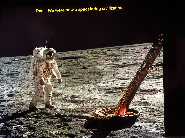

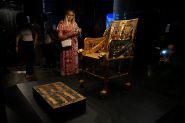
Comments